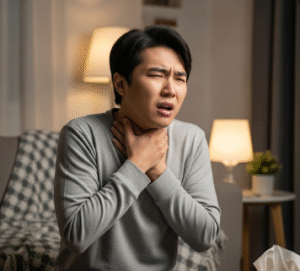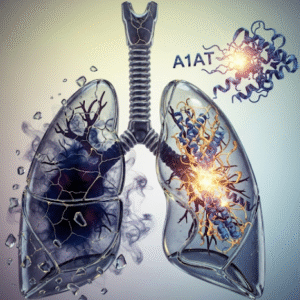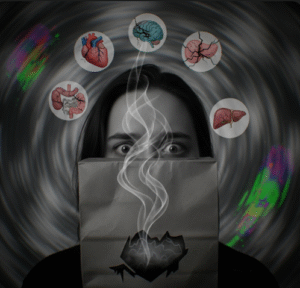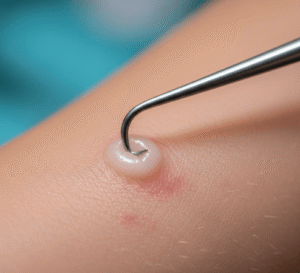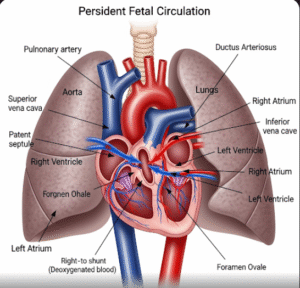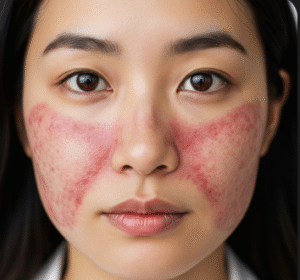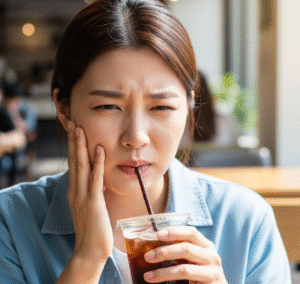Overview
Tendonitis is an inflammatory condition of a tendon, the fibrous connective tissue that attaches muscle to bone, resulting from overuse, injury, or repetitive strain. Unlike tendinosis, which is degenerative, tendonitis primarily involves inflammation and pain at the tendon site. Commonly affected tendons include the shoulder (rotator cuff), elbow (tennis elbow), wrist, knee (patellar tendon), and Achilles tendon. In South Korea, modern orthopedic and sports medicine clinics provide advanced diagnostic tools, targeted treatments, and rehabilitation programs to relieve symptoms, restore function, and prevent recurrence.
What is Tendonitis?
Tendonitis is the inflammation of a tendon caused by microtears or irritation, leading to pain, swelling, and impaired movement. It is often triggered by repetitive motion, sudden increases in physical activity, or improper mechanics during daily or athletic activities. The condition can be acute or chronic:
- Acute tendonitis: Sudden onset due to overuse or injury
- Chronic tendonitis: Develops over time due to persistent strain or repetitive activity
South Korean clinics emphasize early detection and accurate diagnosis to prevent progression and promote complete recovery.
Symptoms
Symptoms of tendonitis may vary depending on the affected tendon and severity:
- Pain localized at the tendon, often worsening with activity
- Swelling or redness around the tendon
- Tenderness when touching or pressing the tendon
- Limited range of motion or stiffness in the joint
- A warm sensation over the affected area
- Mild weakness or difficulty performing certain movements
- Chronic cases may lead to thickening or nodules along the tendon
Prompt recognition and intervention are essential to prevent chronic inflammation and long-term functional impairment.
Causes
Tendonitis develops due to mechanical stress or repetitive strain on a tendon. Common causes include:
- Overuse from sports or occupational activities involving repetitive motion
- Sudden increase in activity intensity or duration
- Improper technique or poor biomechanics during exercise or work
- Direct trauma or injury to the tendon
- Age-related degeneration, making tendons more susceptible to inflammation
- Underlying medical conditions, such as diabetes or rheumatoid arthritis, that affect tendon health
South Korean orthopedic specialists perform detailed assessments to identify the cause and provide targeted treatment.
Risk Factors
Certain factors increase the likelihood of developing tendonitis:
- Participation in high-impact or repetitive sports, such as tennis, golf, or running
- Occupations requiring repetitive movements or heavy lifting
- Age over 35, when tendons lose elasticity
- Muscle weakness or imbalance surrounding the affected tendon
- Prior tendon injury or surgery
- Poor technique during physical activities
- Chronic inflammatory or metabolic disorders
Recognizing these risk factors allows Korean clinicians to implement preventive strategies and individualized treatment plans.
Complications
If left untreated, tendonitis can lead to several complications:
- Chronic pain affecting daily activities and occupational performance
- Reduced joint mobility and muscle strength
- Tendon degeneration or progression to tendinosis
- Increased risk of tendon rupture, particularly in weight-bearing tendons like the Achilles
- Secondary injuries due to compensatory movement patterns
- Persistent inflammation and scar tissue formation
- Impaired athletic performance and functional limitations
Early intervention in South Korea can prevent these complications and restore normal function.
Prevention
Preventing tendonitis involves a combination of lifestyle modifications, proper technique, and protective measures:
- Gradual training and conditioning: Avoid sudden increases in activity intensity or volume
- Proper technique: Learn correct form for sports, exercises, and occupational tasks
- Strengthening exercises: Build supporting muscles to reduce stress on tendons
- Stretching and flexibility routines: Maintain tendon and joint elasticity
- Rest and recovery: Allow adequate recovery time between repetitive activities
- Ergonomic adjustments: Optimize workplace or sports equipment to reduce strain
- Nutrition: Ensure adequate protein, vitamins, and minerals for tendon health
Korean sports medicine and orthopedic clinics emphasize patient education to minimize the risk of tendon inflammation.
Treatment Options in Korea
Treatment for tendonitis in South Korea is comprehensive, combining conservative therapy, minimally invasive procedures, and, in rare cases, surgical intervention:
Diagnosis:
- Clinical examination to assess tenderness, swelling, and range of motion
- Imaging techniques such as ultrasound or MRI to evaluate tendon inflammation and rule out tears
- Functional assessment to identify biomechanical or activity-related contributors
Conservative Treatments:
- Rest and activity modification: Reducing stress on the affected tendon
- Physical therapy: Stretching, strengthening, and mobilization exercises
- Medications: NSAIDs for pain relief and inflammation reduction
- Ice or heat therapy: To manage pain and reduce swelling
Minimally Invasive Interventions:
- Corticosteroid injections: Reduce inflammation in persistent cases
- Platelet-rich plasma (PRP) therapy: Promotes healing in chronic tendonitis
- Ultrasound-guided procedures: Targeted delivery of medication or treatment
Surgical Treatments:
- Considered in severe cases where conservative and minimally invasive therapies fail
- Procedures include tendon repair, debridement, or release depending on location and severity
- Postoperative rehabilitation ensures recovery of strength, flexibility, and function
Supportive Care:
- Pain management and lifestyle counseling
- Gradual return-to-activity programs under professional supervision
- Long-term follow-up to monitor tendon health and prevent recurrence
South Korea’s healthcare system integrates orthopedic, rehabilitation, and sports medicine expertise to ensure effective management of tendonitis, minimizing complications and promoting full recovery.



